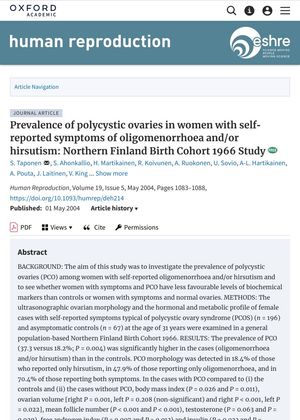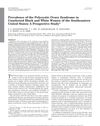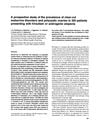Prevalence of polycystic ovaries in women with self-reported symptoms of oligomenorrhoea and/or hirsutism: Northern Finland Birth Cohort 1966 Study
March 2004
in “Human Reproduction”

TLDR Women with irregular periods and/or excessive body hair are more likely to have polycystic ovaries, and this condition is linked to higher health risks.
The 2004 study involved 196 symptomatic women and 67 asymptomatic controls, all aged 31 years, from the Northern Finland Birth Cohort 1966. The study found a significantly higher prevalence of polycystic ovaries (PCO) in women with symptoms of oligomenorrhoea and/or hirsutism (37.3%) compared to the controls (18.2%). The prevalence was highest (70.4%) in women reporting both symptoms. Women with PCO had higher body mass index, ovarian volume, mean follicle number, testosterone, free androgen index, and insulin levels, and lower sex hormone-binding globulin and glucose:insulin ratio. They also had a higher waist:hip ratio, infertility rate, and glucose levels, and lower insulin-like growth factor-binding protein-1 than controls. The study concluded that women with symptoms of oligomenorrhoea and/or hirsutism more often have PCO than asymptomatic women, and these symptomatic women with PCO have less favorable levels of biochemical and clinical markers, indicating an increased health risk.
View this study on academic.oup.com →
Cited in this study

research Revised 2003 consensus on diagnostic criteria and long-term health risks related to polycystic ovary syndrome
The 2003 consensus updated PCOS diagnosis criteria and highlighted increased risks of diabetes and heart disease for those affected.

research Prevalence of the Polycystic Ovary Syndrome in Unselected Black and White Women of the Southeastern United States: A Prospective Study1
PCOS affects a similar percentage of Black and White women in the Southeastern United States.

research A prospective study of the prevalence of clear-cut endocrine disorders and polycystic ovaries in 350 patients presenting with hirsutism or androgenic alopecia
Most women with hirsutism or androgenic alopecia had polycystic ovaries, especially if they had irregular periods.